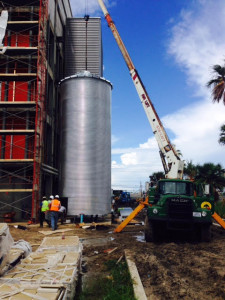 Interest in rainwater collection has sparked a growing industry throughout the country including the Greater Seattle and outlying areas.
Interest in rainwater collection has sparked a growing industry throughout the country including the Greater Seattle and outlying areas.
How does one sort through the growing list of those who offer components, designs, and installations?
The first question you should ask yourself is “What am I looking to achieve with a rainwater harvesting system?” Am I looking for small irrigation like a few rain barrels? Or, do I want a larger system that will supply my household with potable use? The type of system should steer you toward the appropriate expert.
After all, you wouldn’t take your car to a detailer if you were looking for a brake job.
Irrigation systems can be as simple as a few rain barrels on your back porch and is something you can easily do on your own. If a rain garden and passive infiltration is what you are looking for, there are contractors listed, such as in Seattle’s Rain Wise program. A pressurized sprinkler system should be left to an irrigation company with experience in that field.
Rainwater systems used for domestic supply, such as toilet and laundry facilities, should be designed by a licensed engineer familiar with water systems, an American Rainwater Catchment Systems Association (ARCSA) accredited professional or a licensed plumber experienced in water systems. All should show past experience in the type of system you are looking for. Ask for that experience!
Residential, potable systems are allowed in many counties in Washington state and your consideration should be taken VERY seriously. The benefits of residential potable use are vast and can be supplemental or sole source. Only those who can prove a history of designing and installing potable use should be considered for this application, whether an engineer, ARCSA AP, or licensed plumber. Visit ARCSA for those accredited in this field.
Finally, let’s talk about components. There are a host of online dealers out there that are willing to sell you what they carry without much consideration other than cost. One may carry water tanks or another may carry ultra violet disinfection. A good rule of thumb would be that if they are selling unrelated products, they are not invested in the industry and may not have the knowledge of what is best. Our recommendation would be to seek a dealer that carries products specific to rainwater collection, not an added product to an array of different types of products. You don’t want to buy a car from a furniture company. Be a wise consumer and ask questions.
Contact us; rainwater collection is all we do.

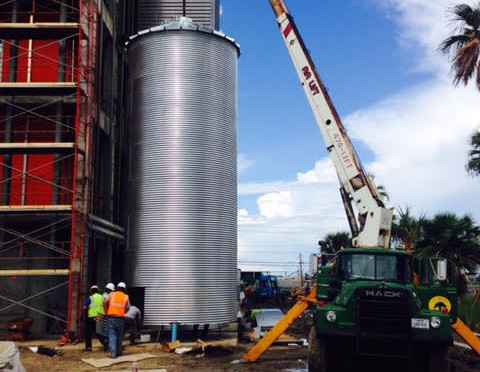
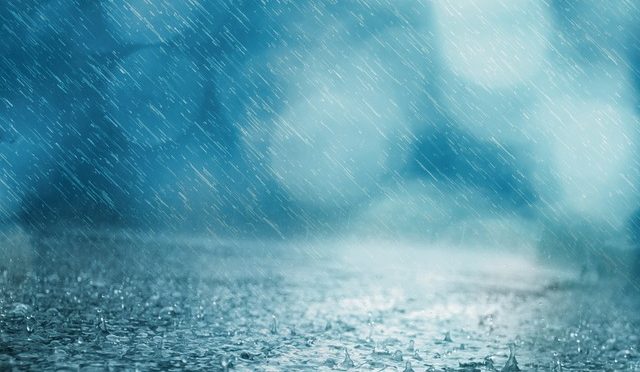
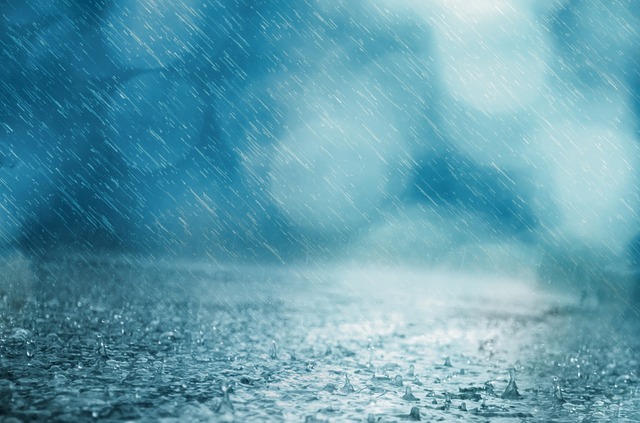 Can you drink rainwater?
Can you drink rainwater?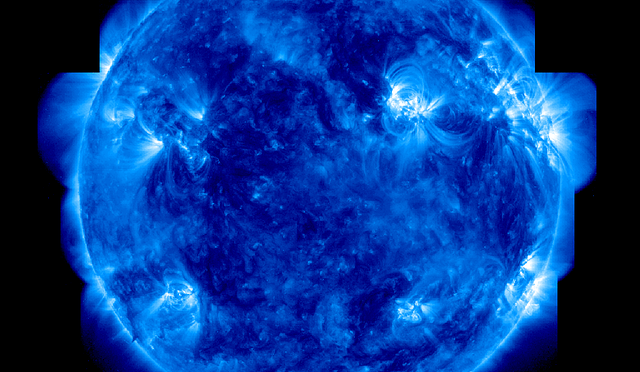
 There are several stages to building a successful, potable rainwater collection system. Here is an article originally published in June 2014, under the title
There are several stages to building a successful, potable rainwater collection system. Here is an article originally published in June 2014, under the title